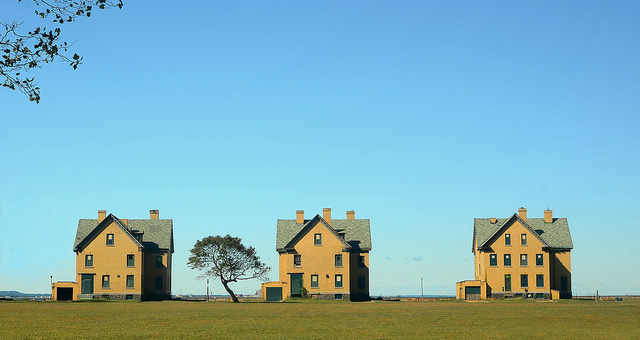Why Builders Are Tearing Down Old Suburban Houses And Replacing Them

(hpaich)
Homes in the towns closest to city centers with the shortest commutes are the most valuable, but also the most vulnerable to being bulldozed and displaced by much larger homes. Three bedrooms and one and a half bathrooms (or even only one bathroom) was an acceptable suburban home back during the post-World War II expansion of the suburbs. Now those houses are kind of old, and prime targets for builders who want to replace them with larger, modern houses. One trade group for builders says that about 32,000 homes were torn down to make way for new ones last year, which means that about 5% of all newly constructed houses were replacing an existing structure.
What happened in my neighborhood happens on a larger scale in larger cities where land alone is even more valuable. Bloomberg Business interviewed a builder who bought two dozen smaller homes in Virginia suburbs close to Washington, D.C. The economics are simple: the houses cost less than $500,000 each, and can be replaced with homes that are three times as large and sell for more than $1 million.
The Mansions That Are Swallowing Suburban Homes [Bloomberg Businessweek]
Want more consumer news? Visit our parent organization, Consumer Reports, for the latest on scams, recalls, and other consumer issues.

